Get A Steady Supply of Fresh Vegetables With Succession Planting
Move over radishes, it's time for the next wave of veggies to get growing! These methods and tips will ensure you've got fresh garden produce all summer long!
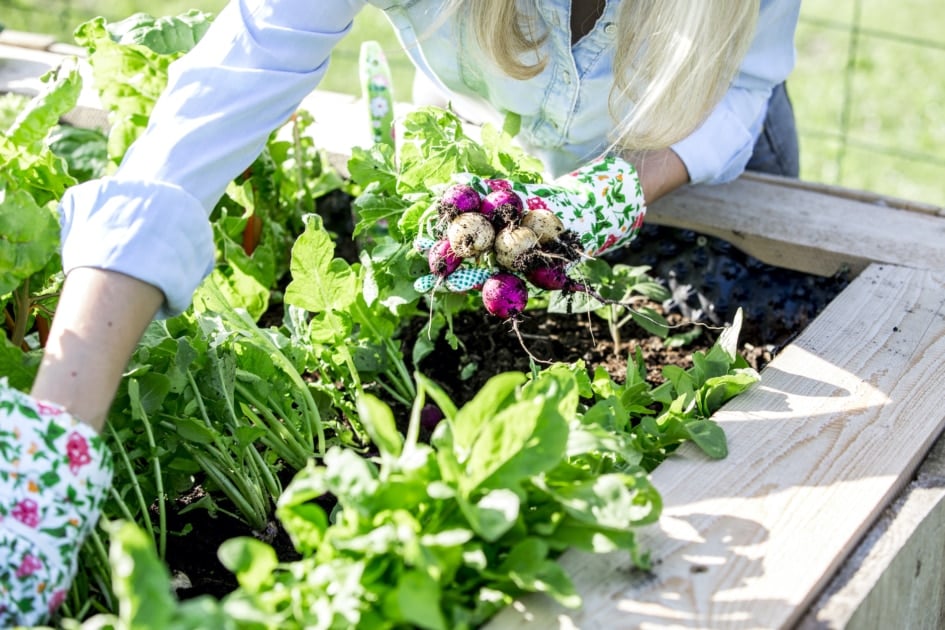
Have you ever wondered how your local farm stand manages to supply its customers with fresh produce all season long? Naturally, crops that are planted at the same time will often ripen at the same time, leading to a beautiful, but overwhelming harvest. Succession planting allows you to enjoy the fruits of your labor through the season rather than all at once.
What Is Succession Planting?
Succession planting, also known as “second planting” or “successive planting,” allows you to extend your harvest by staggering propagation of the same or different crops, or planting multiple varieties with different maturing dates. This will result in your garden producing for you longer.
It’s a little extra work but rather than harvesting your veggies and then staring at an empty plot of dirt, you’ll keep your garden producing all summer long.
Succession Planting—4 Methods
Here are some suggested methods and tips to get you started.
1. Staggered Planting Method
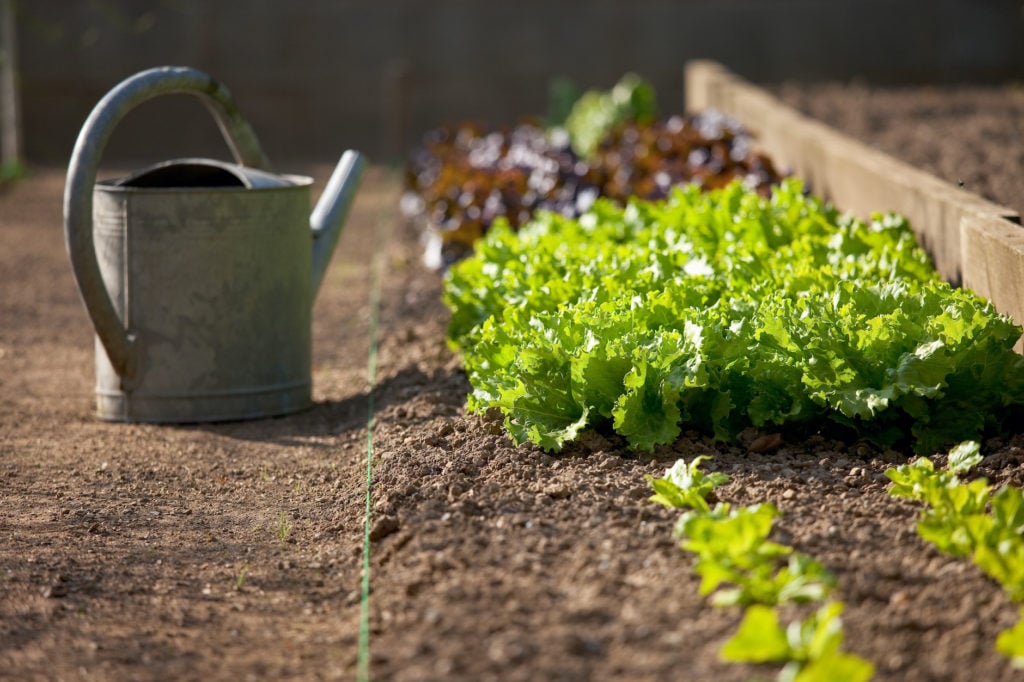
This method is simply staggering the plantings of the same crop throughout the season every few weeks, rather than planting your garden all at once and being overwhelmed with an overabundance of one crop. This will give you varying maturity dates of the same crop.
How It Works: Seed or transplant only a portion of your garden, leaving space to plant more later. For example, plant a row of lettuce one week, then another row a couple of weeks later, and so, on until the end of the season. This will result in a continuous supply throughout the season rather than it all coming in at once. This method works best with plants that have a short seed-to-harvest time like spring radishes, or have a single, heavy yield, such as lettuce, spinach, and arugula.
Staggered planting can also be used with longer maturing crops such as corn, beans, beets, peas, summer squash, and cucumbers. Be sure to use an appropriate timeline for each specific plant, checking on length to harvest and avoiding planting too late, or you’ll risk frost exposure.
2. Harvest-and-Sow (Relay) Method
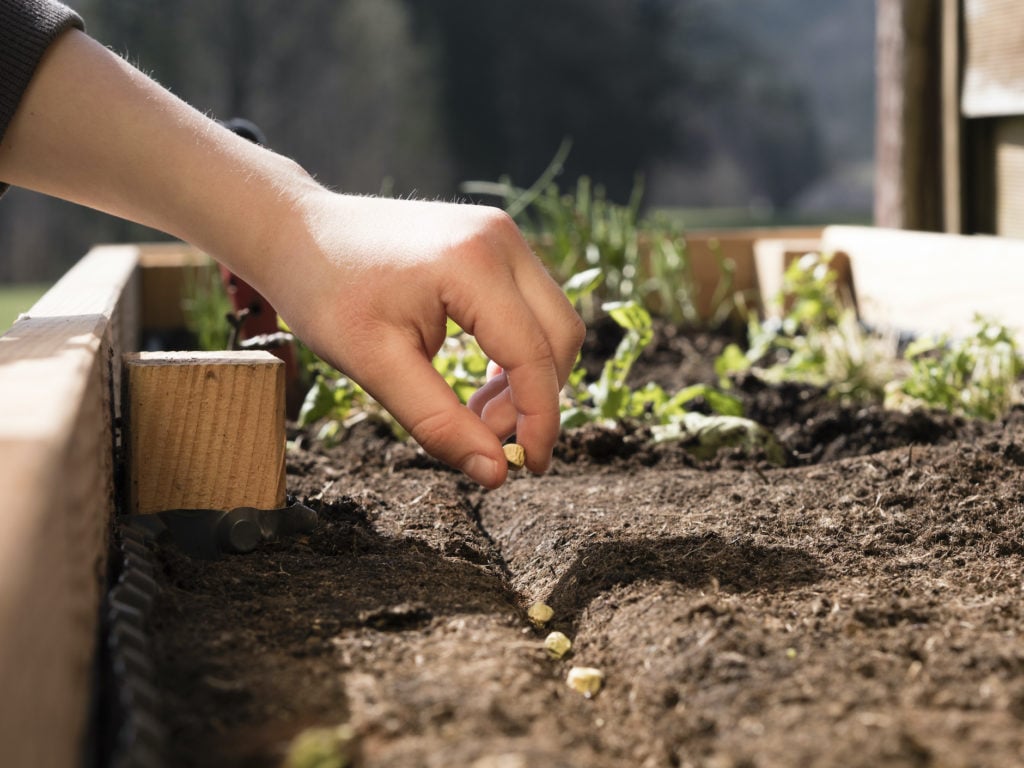
The harvest-and-sow method, also called the “relay” method, involves growing different vegetables in the same space throughout the growing season. Once you harvest your early season crop, replace it with another crop of something else. Peas and beans are good crops to relay with each other as they both like the same type of soil.
How It Works: After you’ve harvested your early-spring peas, which prefer cool weather, plant beans, which prefer the hot weather of summer. They can also utilize the same trellis already in place. Growing multiple crops in the same space, however, can tax your soil and deplete nutrients so be sure to rotate crops. It may also be beneficial to add soil amendments between plantings using compost and homemade fertilizers.
3. Companion Planting/Intercropping Method
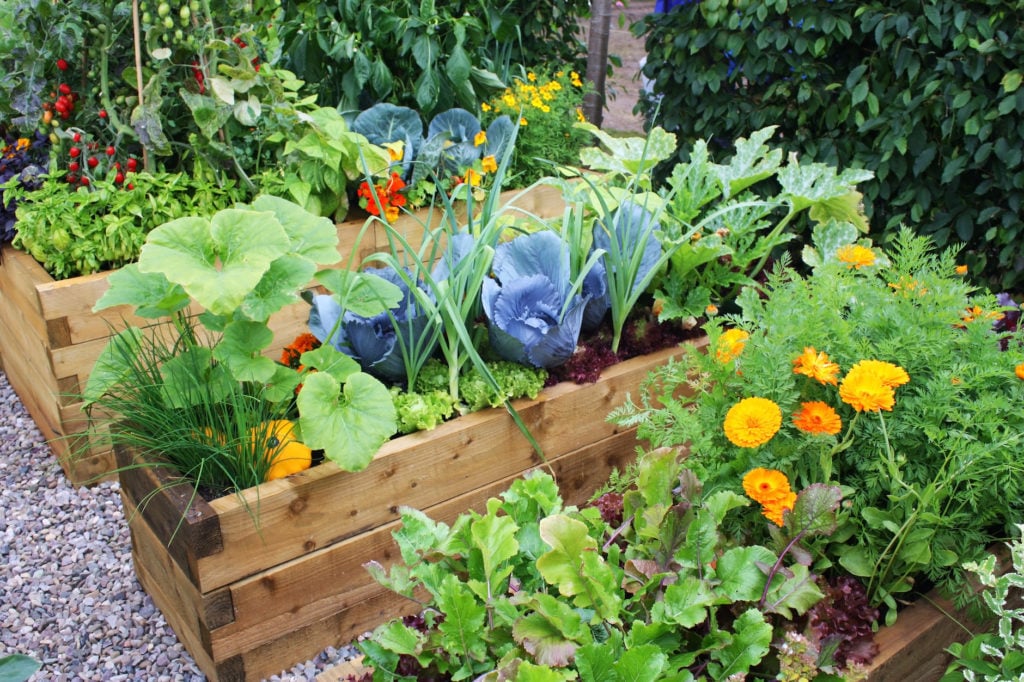
Companion planting and intercropping involves growing two or more different crops with different maturity dates in the same space. It’s a great way to squeeze the most out of your garden space. The faster maturing crop will ideally be harvested before the second, slower maturing, crop picks up its growing pace and needs the space. With this method, be sure to pick crops that are good garden companions. For example, try growing root crops and foliage crops together, such as onions and lettuce—both of these plants grow well together. Or plant early-maturing radishes with slow-maturing carrots.
How It Works: Intercropping involves alternating rows of early and late maturing crops. The early maturing crops, such as beans, radishes, and leafy greens will be harvested before the later maturing crops—such as carrots, peppers, and corn—need the space and begin to shade out the early maturing crops. Pair up plants that are compatible with each other and avoiding planting them near plants that compete for the same nutrients.
4. Same Crop, Different Varieties & Maturity Dates
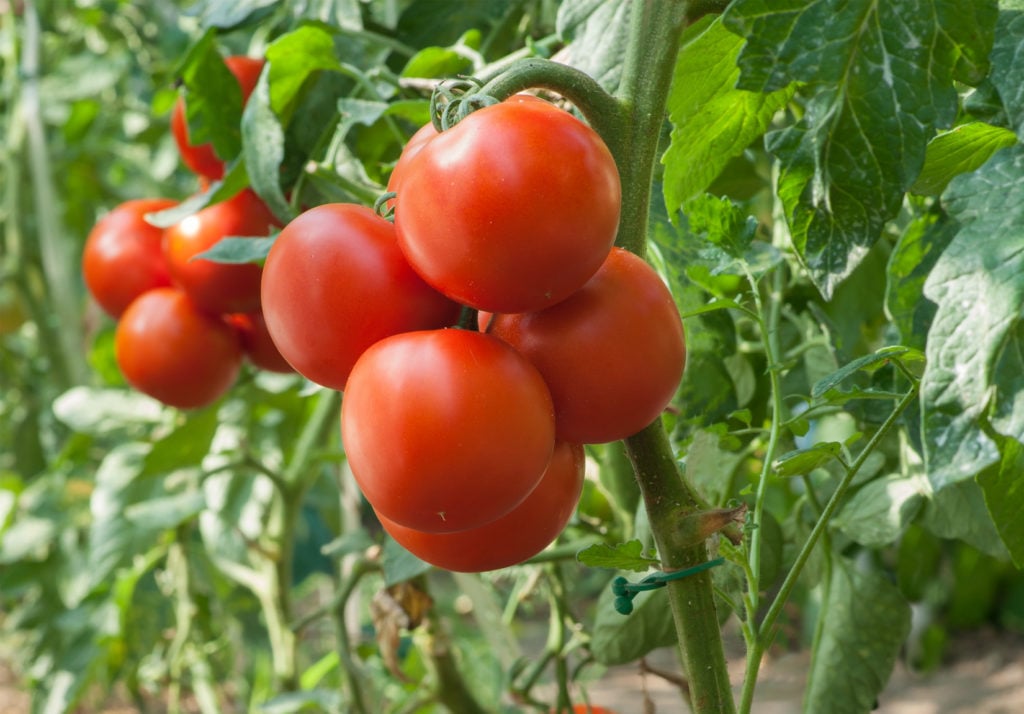
Planting several varieties of the same crop, each with different maturity times, offers a continuous supply throughout the season. Choose early, mid, and late varieties of certain crops, such as pole beans, broccoli, carrots, cauliflower, celery, corn, melon, eggplant, kale, summer squash, tomatoes, and potatoes. Reference the back of your seed packet to check “days to maturity” prior to planting in this fashion and plan when you’ll harvest each.
Tips for Successful Succession Planting
Plan: Succession planting requires some planning ahead in order to coordinate dates of plant maturity. Timing and spacing out your plantings ahead of time can maximize the amount of food that comes out of your garden each season. Before planting, determine which rows you want to leave space for future staggered plantings.
Check Maturity Dates. Check the back of your seed packs to see how long the plant takes to harvest. Planning approximate harvest dates and intended second (and third) planting dates will help prevent planting too close to first frosts.
Grow Transplants: Sowing seeds in pots and trays allows you to start planting before the next succession begins giving your crops a head start. Start sowing your fall garden early (in July), indoors. Transplant them into your garden as the summer heat fades and space opens up.
Which Vegetables Do Best With Succession Planting?
Vegetables that do well with succession plantings include arugula, basil, beets, Bok Choy, broccoli, cabbage, carrots, cauliflower, chard, cilantro, collards, fennel, kale, kohlrabi, lettuce, mustard, parsley, parsnips, radishes, spinach, and turnips.
Tell us: Do you use this method in your garden? Comment below, we’d love to hear from you!

Natalie LaVolpe
Natalie LaVolpe is a freelance writer and former special education teacher. She is dedicated to healthy living through body and mind. She currently resides on Long Island, New York, with her husband, children, and dog.



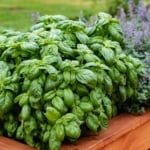

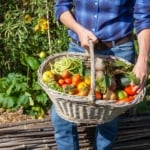






I plant by crop when way of weather and time to plant to be sure. Also check date of seedlings I plant
I have a question. I planted half runner green beans on 5-28-2020. Beautiful vines and leaves but no beans. Why didn’t I have beans?
I’m a new gardener, but I saw no one had replied to your comment, wanted to help. Couldn’t find anything on beans on Farmer’s Almanac, but there was a pretty informative blurb here.
Hope that helps.
If the plants set flowers, but were not pollinated, there will most likely be no beans.